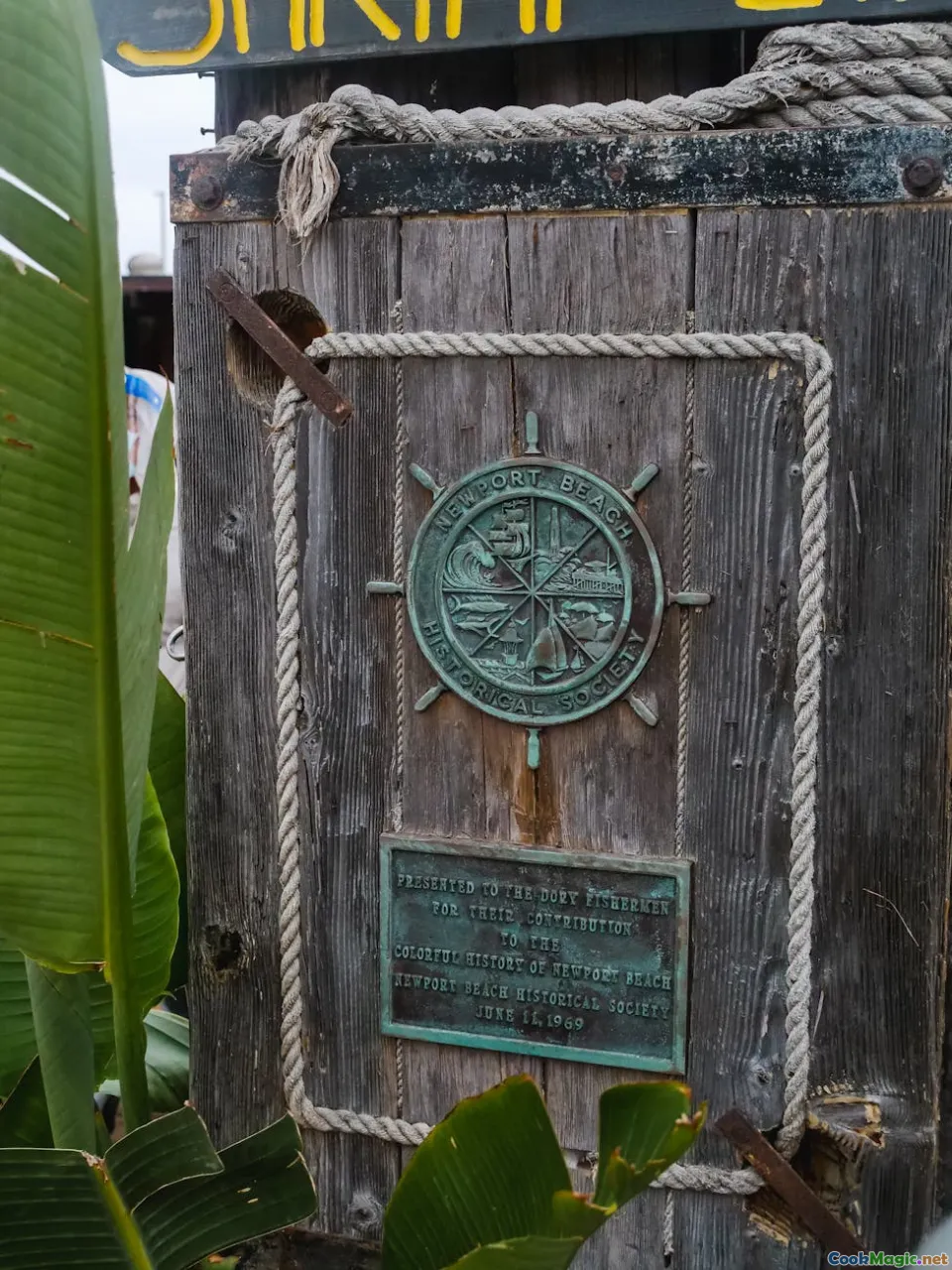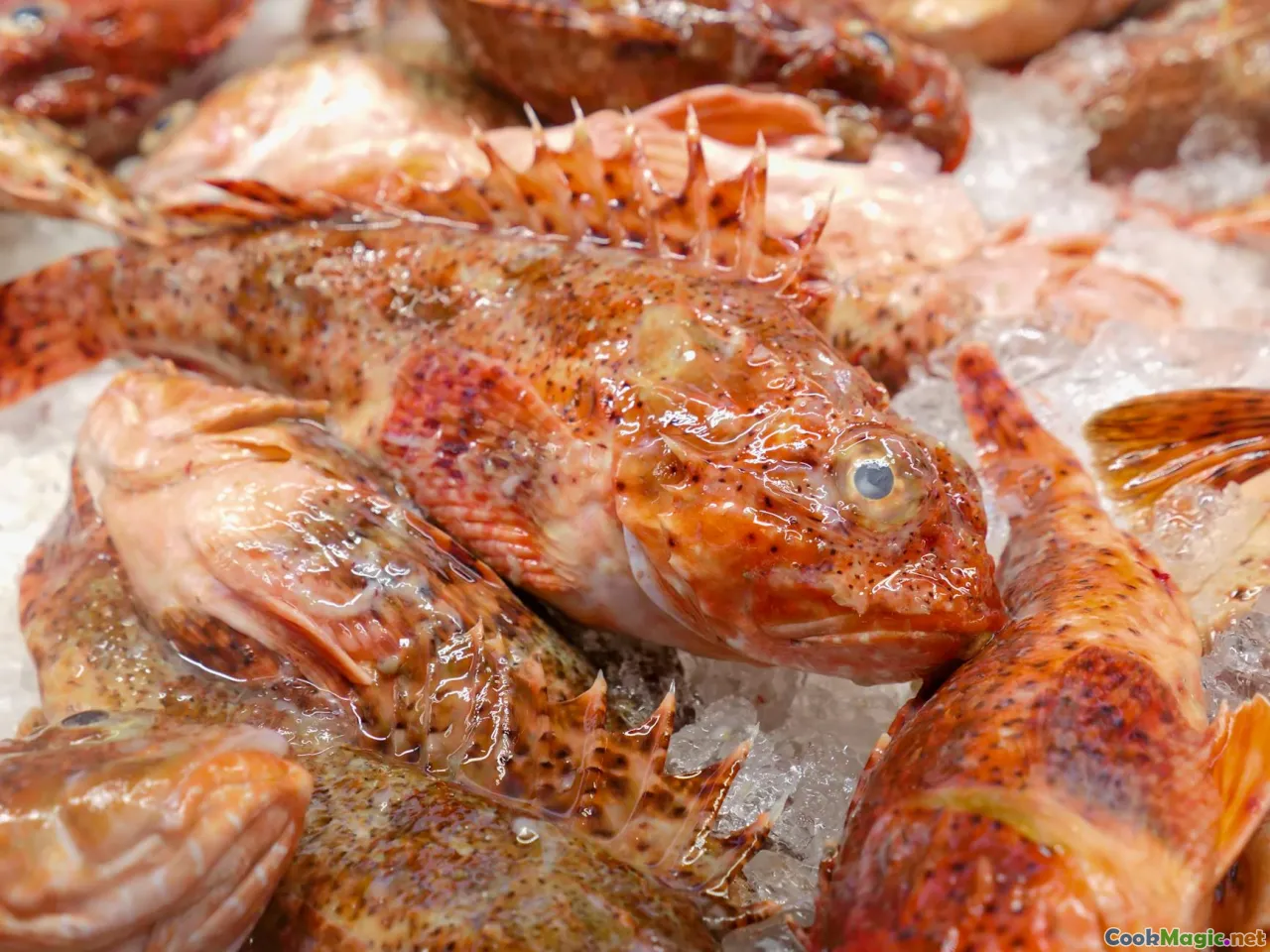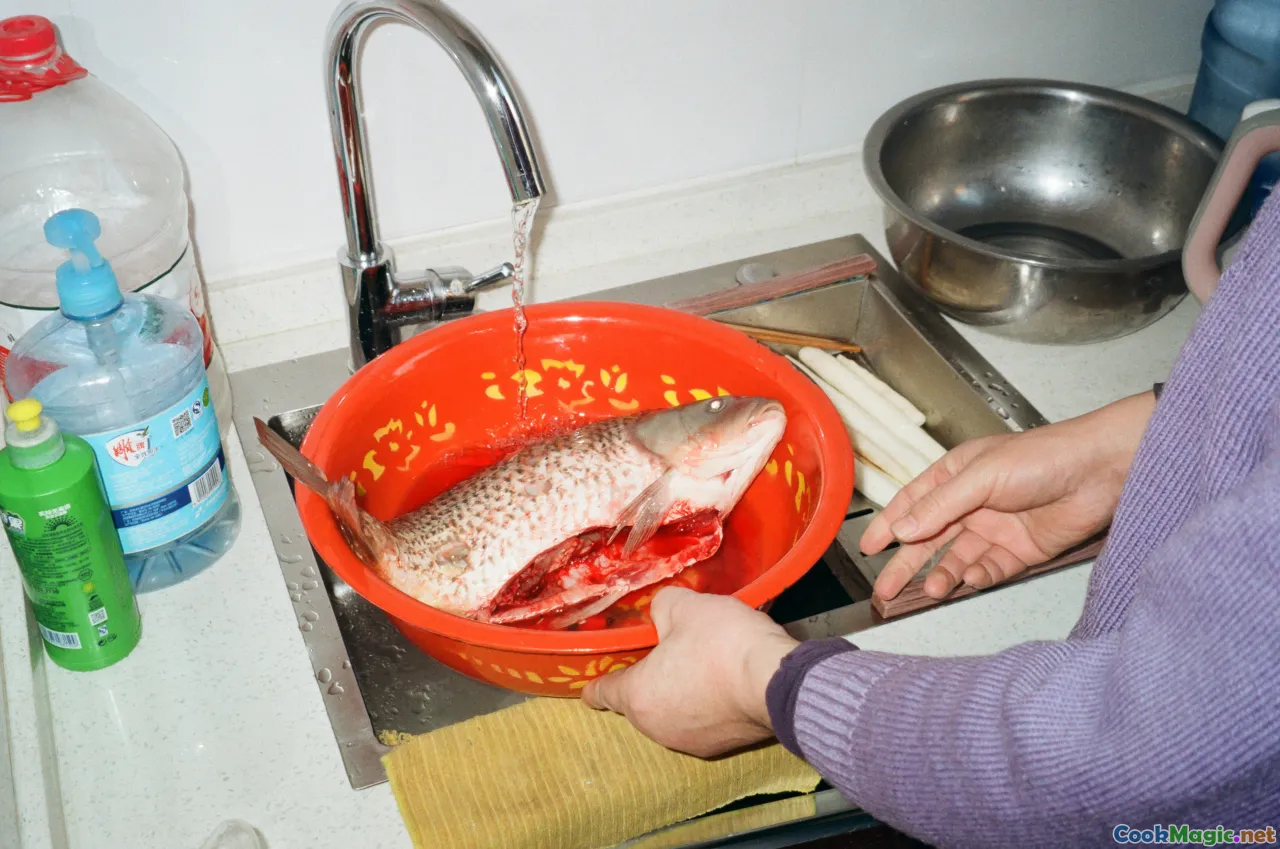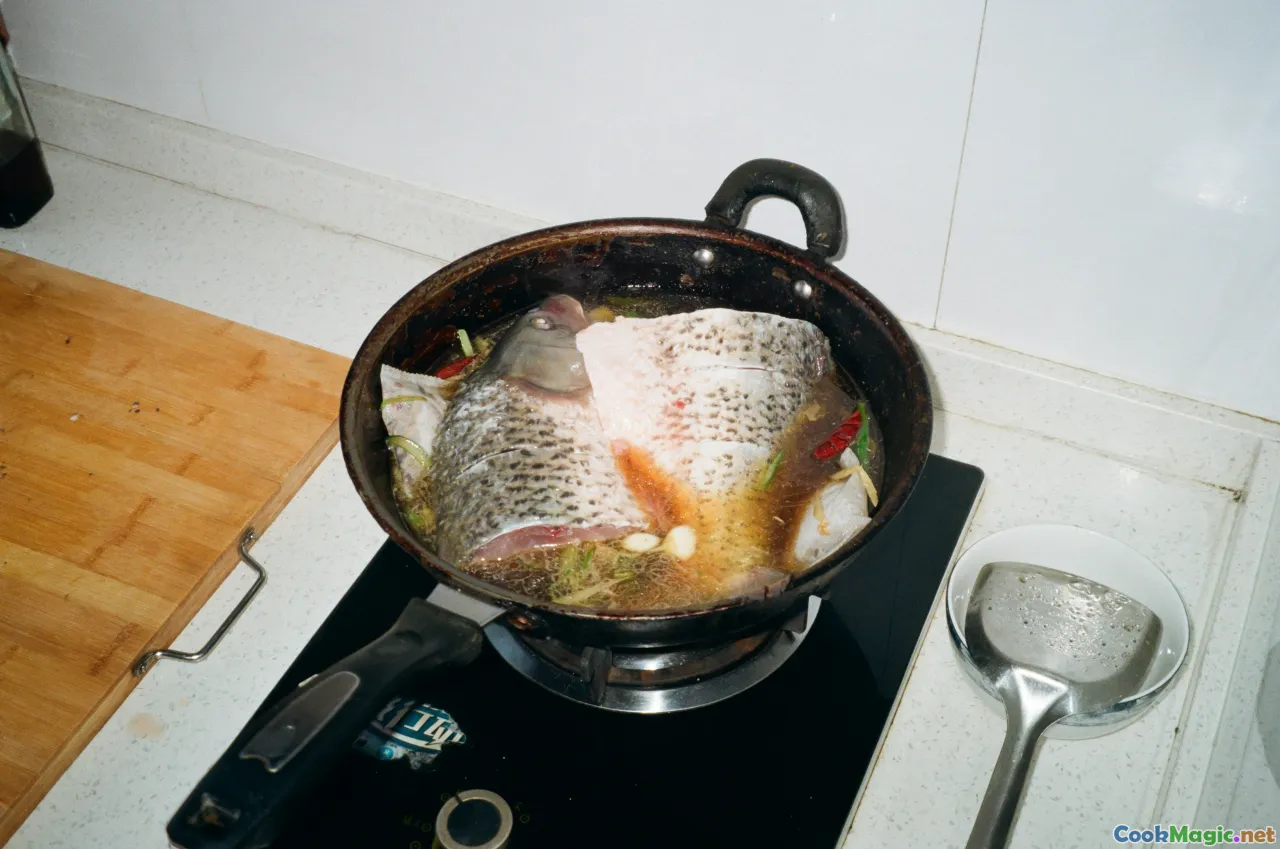How to Cook Makayabu Salted Fish Perfection
10 min read Discover authentic techniques to achieve perfect Makayabu salted fish in Congolese culinary tradition. July 19, 2025 09:05
How to Cook Makayabu Salted Fish to Perfection
Few ingredients embody the soul of Congolese coastal cuisine quite like makayabu—salted, dried fish that whispers stories of tradition, resilience, and vibrant coastal markets. As a staple across the Congo’s coastlines and in homes far inland, makayabu's robust aroma and layered flavors evoke a deep sense of cultural identity and culinary history. For those eager to unlock its full potential, mastering the art of cooking makayabu offers not just a meal but a journey through rich heritage, evocative aromas, and unforgettable tastes.
Let's voyage together through the steps, tips, and cultural insights needed to prepare makayabu to culinary perfection—whether you’re a seasoned chef or a curious home cook.
The Cultural Heart of Makayabu in Congolese Cuisine

When you immerse yourself in Congolese coastal life, makayabu is more than just a protein—it’s a symbol of community and resourcefulness. Historically, fishermen would salt and dry surplus fish to preserve their catch during long voyages or lean seasons, creating this distinctive salted fish that’s packed with concentrated flavor. It’s intrinsic to many traditional dishes, from Pondu (cassava leaf stew) to Moamba* (palm nut sauce). Each bite transports you to lively market stalls where vendors beckon with smoky, salted fish, bundled in mesh or wrapped in banana leaves.
Sharing a plate of rice or manioc with stewed makayabu is an act of cultural communion. The aroma, the smoky salty snap—these elements forge emotional bonds that tie generations together. Understanding the cultural significance enhances both your appreciation and culinary technique.
Selecting the Right Makayabu: Freshness and Quality

The cornerstone of a perfect makayabu dish begins with choosing the right fish. Traditionally, smoked or dried fish like bonga or mangala are used, but universality in sourcing depends on freshness and saltiness levels.
Look for these qualities:
- Color and Texture: The fish should be a deep, rich hue—sometimes darkened naturally by curing—with a firm, slightly leathery texture. Avoid any with excessive cracks or dry, powdery surfaces.
- Aroma: While salted and dried fish naturally emit a pungent aromatic scent, it should not smell overly decomposed or excessively sour. A balanced saltiness with a hint of smokiness is ideal.
- Salt Content: Sometimes, fish that are heavily salted can take a longer, more delicate process to rehydrate. Ensure the salt level aligns with your intended dish.
Pro tip: In local markets along the Congo River or Atlantic coast, vendors sell makayabu in large bundles or pre-packed portions. Personalities and choices vary—whether you prefer the ultra-smoked, porky aroma or a milder salted flavor, your choice defines the dish.
Preparing Makayabu: From Salt to Savory

Before you cook, a crucial step is desalting, which requires patience and a gentle touch. Here's how:
- Soaking: Rinse the piece of makayabu under cold running water to remove surface salt and dust.
- Soaking in Water: Submerge the fish in a large bowl of cold water, changing the water every 30 minutes to expedite desalting. Depending on the saltiness and thickness of the fish, this can take anywhere from 1 to 4 hours.
- Tasting Test: Occasionally taste a small piece to check whether it has reached the desired saltiness—remember, you can always add salt later if needed.
- Optional Boiling: For a milder, less chewy texture, brief boiling (about 10 minutes) after soaking can help. Drain well and set aside.
Tip: For extra flavor, some cooks rub the fish with crushed garlic, sliced onions, or indigenous spices during previous preparation stages.
Cooking Makayabu: Techniques to Unlock Flavor

No matter the dish—steamed, fried, or incorporated into a stew—proper cooking techniques are vital for rendering makayabu tender while maintaining its savory integrity.
Classic Pan-Fried Makayabu
This simple method brings out smoky, crispy edges—perfect served alongside rice, plantains, or local vegetables.
Ingredients:
- Desalted makayabu fillets
- Palm oil or vegetable oil
- Sliced onions, tomatoes, garlic (optional but recommended)
- Chili peppers for heat
- Fresh herbs (basil, parsley)
Method:
- Pat the fish dry with paper towels to promote crispiness.
- Heat oil in a skillet over medium heat.
- Gently place the fish, skin-side down, and cook for about 4-5 minutes each side until crispy.
- For added flavor, sauté onions, tomatoes, and spices separately, then serve over or alongside the fish.
Slow Stewed Makayabu
Ideal for tender, richly flavored dishes, especially when combined with vegetables and thick sauces.
Ingredients:
- Desalted makayabu, cut into chunks
- Onion, garlic, ginger
- Okra, eggplant, or cassava
- Palm nut or groundnut sauce
- Hot peppers
Method:
- Sauté onions, garlic, and ginger until fragrant.
- Add fish chunks and brown lightly.
- Pour in sauce base, add vegetables, and simmer gently for 30-45 minutes.
- Serve hot—the flavors meld beautifully, with the salted fish imparting a salty-savory richness.
Marrying Makayabu with Congolese Flavors

Cooking traditional Congolese dishes with makayabu is an act of honoring heritage. Try integrating it into Pondu, where chopped cassava leaves simmer with shrimp or dried fish, creating a leafy stew bursting with flavor.
Alternatively, create a Makayabu à la Congo, layering chunks of poached or fried fish in a spicy, tomato-based sauce infused with native spices like pili-pili peppers or bumbu. Serve with fufu or boiled plantains for a complete, hearty meal.
Personal Insight: One of my favorite memories is sharing a communal plate of Moambe fish with friends in Kinshasa, the aroma of smoked makayabu blending perfectly with the richness of peanut sauce. It’s a dish that isn’t just about taste but about community, storytelling, and a shared history.
Tips for Enhancing Your Makayabu Experience
- Use Indigenous Spices: Incorporate native ingredients like basil, pepper, and ginger for authenticity.
- Balance the Saltiness: Offset the saltiness by pairing with starchy carb-based sides—manioc, plantains, or rice.
- Add Freshness: Finish dishes with freshly chopped herbs or a squeeze of lime to brighten the flavors.
- Presentation Matters: Serve on woven mats or earthenware to appreciate the dish’s cultural roots.
Final Reflection
Cooking makayabu to perfection is as much about understanding its cultural significance as it is about mastering culinary technique. The smoky aroma rising from a pan of fried makayabu or the tender pull of a simmered stew—these sensory experiences are invitations to connect deeply with Congolese culinary traditions.
Whether standing in a bustling market or sitting around a family table, the process of preparing and enjoying makayabu immerses you in Congo’s vibrant food heritage. Embrace its bold flavors, respect its history, and savor every bite—you're not just cooking, you're carrying forward a flavorful legacy.
Bon appétit, and may your culinary journey with makayabu be as rich and enduring as Congo’s coastal spirit!









